Does Handmade mean all natural? That's a great question and one that you are most likely looking for an answer to. If so, you came to the right place. We wanted to do a bath bomb comparison - natural vs. handmade. If you know anything about the world of natural beauty products, you've probably heard of common brands that tout themselves as having "handmade" products. They've built a reputation for making handmade natural beauty products, but is that reputation deserved?
I wanted to find out. On the surface, one very popular brand (we will call it Brand X) sounded like it was right up my alley. They make all of their products by hand, they use only vegetarian ingredients, they tell you when their products were made, and they limit their use of packaging and preservatives. So far, so good, right? Until you take a closer look at what they actually put in their products. In order to find out more, I did a bath bomb comparison. I took a look at what Brand X puts into its products and compared it to what you'd find in a similar product by a company that only uses natural and organic ingredients, such as Beauty by Earth. The results were really (really) surprising. For a company that advertises natural products, Brand X puts a lot of very unnatural ingredients in what they make. Here's what I found out.
Are These "Handmade" Products All Natural?
The short answer: no. The longer answer? When you look at the list of what Brand X includes in their products, you'll find ingredients that are anything but natural.Here is the Bath Bomb Comparison
Let's break down their bath bombs, for example. I took a look at a bomb they call "Monsters' Ball." It's pretty cute, until you look at the ingredients list. Here's what you'll find:- Fragrance: If you've spent much time on this blog, you know how much I hate this word. "Fragrance" is a catch-all term that can stand in for thousands of different chemical additives. If you're using a product with fragrance, you can never know what you're actually exposing yourself to.
- Sodium Laureth Sulfate: This ingredient is added to bath bombs so they create a lather. Here's a scary fact for you: they're also added to garage floor cleaners and engine degreasers for the same reason. SLS is well worth avoiding because it is easily contaminated with ethylene oxide, a known carcinogen.
- Propylene Glycol: Ever wanted to bathe in anti-freeze? Because that's where you'll find propylene glycol. This ingredient also shows up in a number of other industrial uses and is associated with skin irritation and allergies. Not exactly what you want in a relaxing bath bomb.
A look Into Some Other Brand X's "Handmade" Products
Here's what they put in their lip scrubs:- Flavor (Fragrance): Here's my favorite word again. Now instead of immersing your body in unknown chemicals, you're putting them on your lips - an even easier place to enter your body. No thank you.
- Benzyl Benzoate: This ingredient has a ton of different uses, including adding fragrance and acting as a preservative. Oh, and it's also used to treat lice. Yes - at higher concentrations, you can use this ingredient to kill bugs. Though research is ongoing, it is also suspected to mimic the hormone estrogen in your body. This can cause serious issues if enough of it builds up.
- Fragrance: Oh, look - it's back again!
- Triethanolamine: This ingredient is what you get when you react two other toxic ingredients (ethylene oxide and ammonia). Brand X's website says this ingredient is used to keep products at a regular consistency. However, what it doesn't mention is that triethanolamine can cause allergic reactions in the skin and eyes, and may build up in your body over time.
- Propylparaben: When you see the word "paraben" alarm bells should go off in your mind. Parabens (including propylparaben) are known to mimic estrogen. There's no way to tell what kind of impact that will have on your body over time.
Brand X Alternatives
So knowing the above, are Brand X's products all natural? No. No they're definitely not.We found some other bloggers have been calling out Brand X on the same thing we found. But that doesn't mean there aren't alternatives. When you take a look at three comparable Beauty by Earth products (bath bombs, lip scrubs, and facial scrubs), you can see that you don't need cheap, toxic components to make a great product. Here's what you'll find instead:- Essential Oils: Instead of adding aroma through "fragrance," Beauty by Earth uses essential oils. You'll also get a list of exactly which oils are used in each product, so you'll never have to guess.
- Baking Soda, Citric Acid, Dead Sea Salt, and Epsom Salt: No SLS in these bath bombs: you'll get fizz naturally and safely.
- Beeswax: Preserves naturally and helps lip products slide on smoothly.
- Calendula Flower Extract: This extract is commonly used to treat skin irritation and wounds - pretty much the opposite of the skin irritating ingredients found in Brand X products.
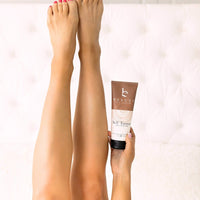








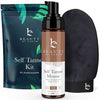

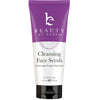


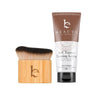











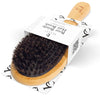
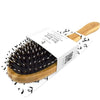
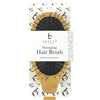
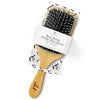
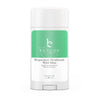


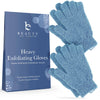
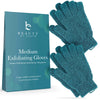
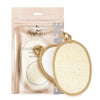


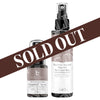





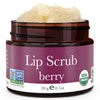
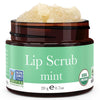
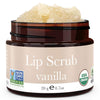





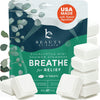
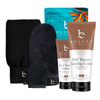
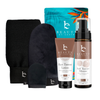


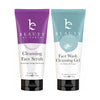
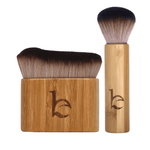
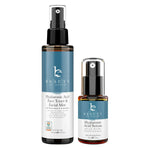



















join the conversation